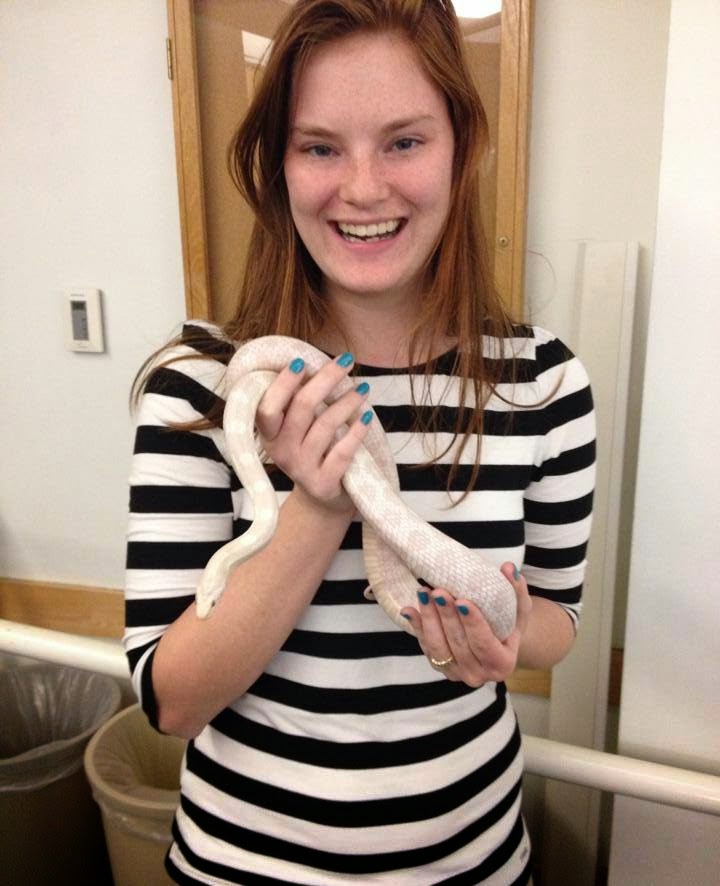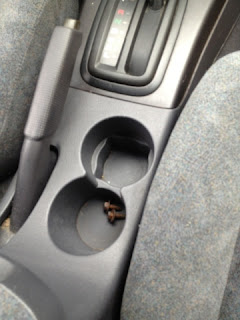Hello!

About me
I am a graduate of NC State University with a Bachelors of Science in Zoology and a minor in Nonprofit Studies.
I am currently a Master's Student at NC State studying Fisheries, Wildlife and Conservation Biology. Part of my thesis will focus on how state action plans and policies look at and incorporate climate change and land use change. I am highly interested in habitat use, movement ecology and behavior, and hope to study these during my Master's and, later, my PhD.
I am currently working on my North Carolina Environmental Education Certification.
My skills include: Radio telemetry, Camera Trap Installation and Calibration, Animal Handling, Data Entry and Management, Animal Husbandry, Animal Behavior, Wildlife Rehabilitation, Raptor Handling, Project Planning, Fundraising, Public Speaking, Time Management and Organization
I am currently a Master's Student at NC State studying Fisheries, Wildlife and Conservation Biology. Part of my thesis will focus on how state action plans and policies look at and incorporate climate change and land use change. I am highly interested in habitat use, movement ecology and behavior, and hope to study these during my Master's and, later, my PhD.
I am currently working on my North Carolina Environmental Education Certification.
My skills include: Radio telemetry, Camera Trap Installation and Calibration, Animal Handling, Data Entry and Management, Animal Husbandry, Animal Behavior, Wildlife Rehabilitation, Raptor Handling, Project Planning, Fundraising, Public Speaking, Time Management and Organization
Classes I'm Currently Taking
-Conservation Biology
-Quantitative Methods in Education
-Wildlife Seminar
-Resource Selection Functions
Current Projects
-Evaluating Efficacy of Conservation Planning in the Southeast
-Evaluating the Household Dynamics of Wildlife Value Orientations
Honors, Awards, and Certifications
-Bachelor of Science in Zoology, 2015
-Minor in Nonprofit Studies
-Dean's List, Spring 2012, Fall 2013-Roots and Shoots Founders' Award, $100, 2012-2013
-Basic Wildlife Rehabilitation Certification, March 2013
-Visionary Leader Certificate, Spring 2012
















































